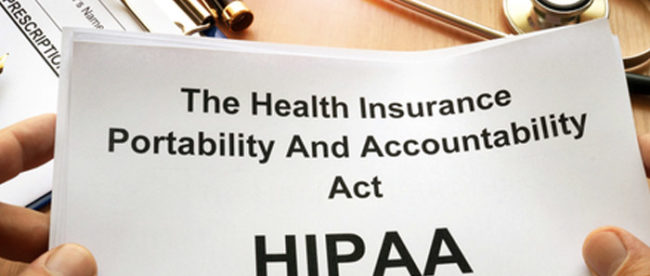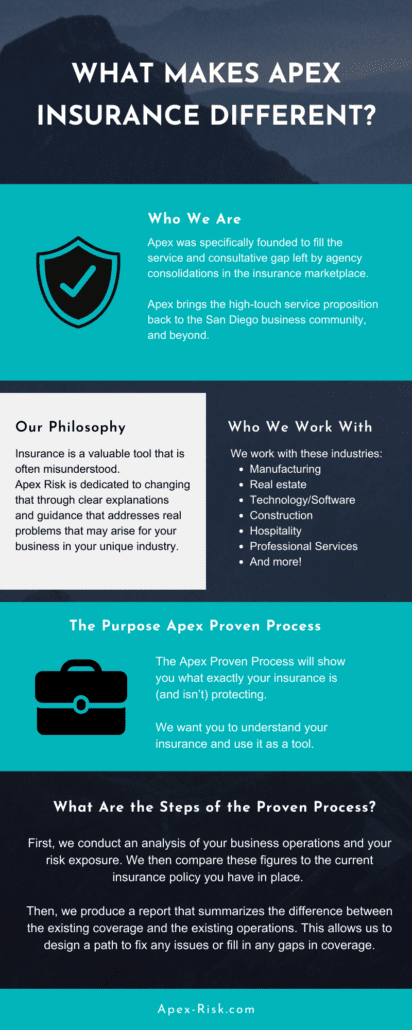The Best Guide To Pacific Prime
The Best Guide To Pacific Prime
Blog Article
Getting My Pacific Prime To Work
Table of ContentsHow Pacific Prime can Save You Time, Stress, and Money.Indicators on Pacific Prime You Should KnowSee This Report about Pacific PrimePacific Prime Things To Know Before You BuySome Known Factual Statements About Pacific Prime

This is due to the fact that the data were accumulated for a duration of solid economic efficiency. Of the approximated 42 million individuals who were without insurance, almost regarding 420,000 (concerning 1 percent) were under 65 years old, the age at which most Americans end up being qualified for Medicare; 32 million were grownups between ages 18 and 65, about 19 percent of all grownups in this age; and 10 million were children under 18 years of age, regarding 13.9 percent of all children (Mills, 2000).
These estimates of the number of individuals without insurance are generated from the annual March Supplement to the Present Populace Survey (CPS), carried out by the Demographics Bureau. Unless otherwise noted, national estimates of people without medical insurance and proportions of the population with different type of insurance coverage are based on the CPS, one of the most commonly utilized resource of quotes of insurance policy protection and uninsurance rates.
An Unbiased View of Pacific Prime

Still, the CPS is especially helpful because it produces annual price quotes fairly swiftly, reporting the previous year's insurance coverage approximates each September, and since it is the basis for a constant set of price quotes for even more than 20 years, enabling evaluation of patterns in protection with time. For these factors, in addition to the comprehensive use of the CPS in various other research studies of insurance protection that are provided in this record, we rely upon CPS estimates, with constraints kept in mind.

The estimate of the variety of without insurance individuals increases when a population's insurance policy standing is tracked for a number of years. Over a three-year duration beginning early in 1993, 72 million individuals, 29 percent of the united state population, were without insurance coverage for at the very least one month. Within a single year (1994 ), 53 million individuals experienced a minimum of a month without protection (Bennefield, 1998a)
Six out of every 10 uninsured grownups are themselves utilized. Working does boost the probability that one and one's family participants will have insurance policy, it is not an assurance. Even participants of families with 2 full-time breadwinner have almost a one-in-ten opportunity of see this being uninsured (9.1 percent without insurance rate) (Hoffman and Pohl, 2000).
See This Report on Pacific Prime
New immigrants account for a considerable proportion of individuals without health insurance coverage. One analysis has actually attributed a considerable part of the recent development in the size of the U.S. without insurance populace to immigrants that arrived in the country between 1994 and 1998 (Camarota and Edwards, 2000). Recent immigrants (those that came to the United States within the past four years) do have a high rate of being without insurance (46 percent), yet they and their children represent simply 6 percent of those without insurance country wide (Holahan et al., 2001).
The relationship between health and wellness insurance policy and accessibility to care is well developed, as documented later in this chapter. The relationship between health insurance and wellness end results is neither direct nor easy, a comprehensive medical and health solutions study literary works links health insurance policy coverage to better accessibility to care, much better high quality, and boosted individual and populace health and wellness status.
Degrees of evaluation for checking out the results of uninsurance. This discussion of medical insurance coverage concentrates mostly on the U.S. populace under age 65 since practically all Americans 65 and older have Medicare or other public protection. It focuses particularly on those without any wellness insurance coverage for any kind of length of time.
Little Known Questions About Pacific Prime.
The troubles encountered by the underinsured remain in some areas comparable to those faced by the uninsured, although they are normally less severe. maternity insurance for expats. Uninsurance and underinsurance, however, include definitely different policy problems, and the methods for addressing them may differ. Throughout this research and the 5 records to comply with, the primary focus gets on persons without any health and wellness insurance policy and hence no help in paying for healthcare past what is offered through charity and safety web organizations
Medical insurance is a powerful aspect impacting receipt of treatment since both clients and medical professionals respond to the out-of-pocket cost of solutions - https://linktr.ee/pacificpr1me. Health insurance, nonetheless, is neither essential neither adequate to get to clinical services. The independent and direct effect of wellness insurance coverage on accessibility to health and wellness services is well developed.
Others will get the healthcare they need also without health and wellness insurance, by spending for it out of pocket or seeking it from suppliers who supply care cost-free or at extremely subsidized prices. For still others, health and wellness insurance alone does not make sure receipt of care as a result of other nonfinancial obstacles, such as an absence of healthcare providers in their neighborhood, restricted accessibility to transportation, illiteracy, or etymological and social differences.
All about Pacific Prime
Formal study about uninsured populations in the United States dates to the late 1920s and early 1930s when the Committee on the Cost of Healthcare generated a series of reports about funding medical professional office check outs and hospital stays. This issue became prominent as the varieties of clinically indigent climbed during the Great Depression.
Report this page